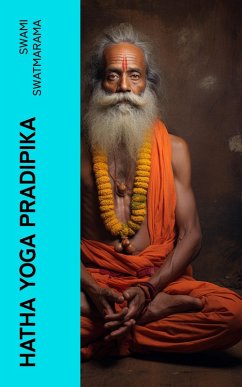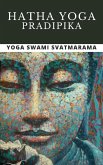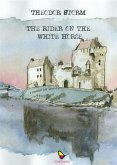The Häha Yoga Pradipika is a timeless fifteenth-century Sanskrit guide on häha yoga written by Svatmarama. The author and famous yogi unites the teaching's lineage to Matsyendranath of the Nathas. One of the most influential texts on häha yoga ever written.
Dieser Download kann aus rechtlichen Gründen nur mit Rechnungsadresse in A, B, BG, CY, CZ, D, DK, EW, E, FIN, F, GR, H, IRL, I, LT, L, LR, M, NL, PL, P, R, S, SLO, SK ausgeliefert werden.









